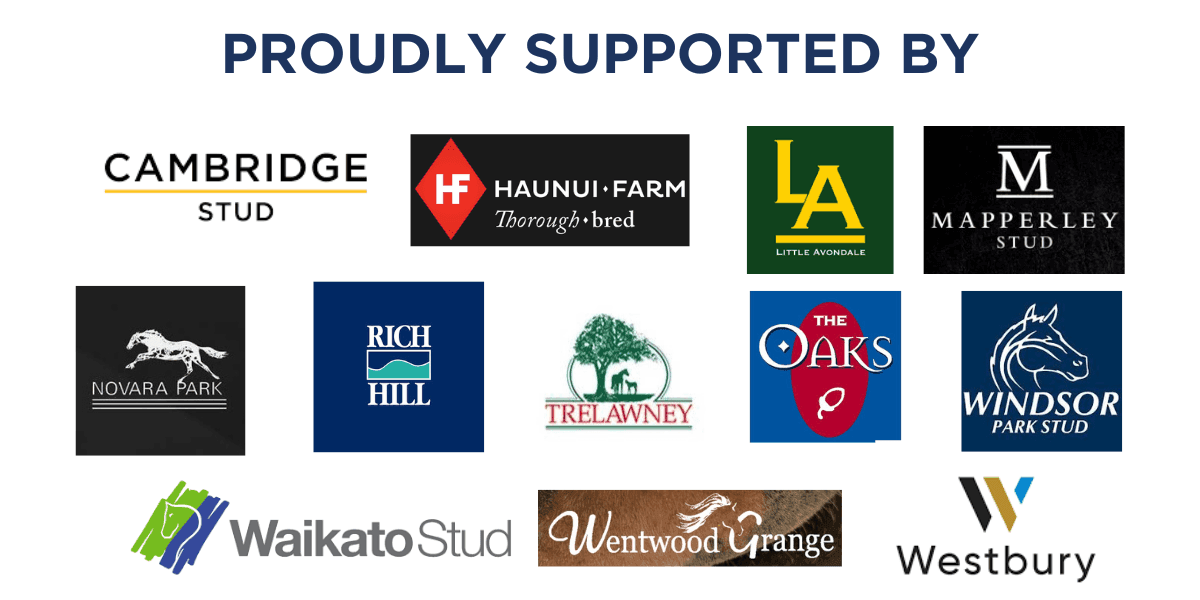CONCEPTION
In The Wild
In the wild, stallions fight for dominance, breed under constant pressure, and face injury, exhaustion, and isolation if they lose. There’s no vet care, no planned breaks, just survival.
In Industry
By contrast, Thoroughbred stallions live structured lives with expert care, balanced nutrition, and scheduled covers. Their welfare is prioritised because longevity, soundness, and wellbeing aren’t just ethical – they’re essential.
Are stallions overused in breeding programs?
Nature
Wild stallions mate far more frequently to ensure conception. Managing harems of 2–12 mares, they cover each mare multiple times per cycle. This natural system places significant physical strain on mares, as they endure repeated matings within each cycle. Wild stallions have no veterinary support or workload adjustments, making their mating demands far more intense.
Nurture
Stallions in breeding programs are not overused, in managed programs the goal is one cover per mare per cycle, reducing repetitive strain. Veterinary oversight ensures stallions only cover what they can safely handle, with adjustments made if needed. Older stallions or those with fertility challenges, have their books kept small, which highlights how stallion welfare is a priority in breeding programs.
When do mares & stallions retire?
Nature
In the wild, mares breed into their late teens or early 20s, with fertility gradually declining. Stallions retire around 10–15 years old when they lose dominance to younger rivals. While mares often remain in the herd as matriarchs, stallions are usually forced into bachelor groups or solitary life.
Nurture
Similarly mares on Thoroughbred farms retire when fertility declines or they may have other issues such as a hard foaling. Stallions on Thoroughbred farms are kept healthier and do not have to compete with younger stallions and therefore can produce for longer into their early 20s if their health allows it.
What is a twitch and does it hurt?
The nose twitch is a valuable tool in equine management, backed by scientific evidence of its calming effects through endorphin release. When used sparingly and with proper technique, it can help horses remain calm and cooperative during necessary situations. However, it is essential to prioritize the horse’s well-being, apply the twitch responsibly, and explore alternatives whenever possible.
Does inbreeding cause health problems in Thoroughbreds?
Nature
Many feral horse populations, such as those on islands or in isolated ranges, are at risk for inbreeding depression due to small population sizes and restricted gene flow.
Nurture
Inbreeding, or the mating of individuals with shared ancestry, is a common practice in Thoroughbred breeding. It aims to reinforce desirable traits, such as speed, stamina, and conformation. However evidence shows inbreeding causes poor performance so breeders will avoid excessive inbreeding.
What equipment is used in thoroughbred breeding?
Thoroughbreds must be bred exclusively through natural cover, as artificial insemination is strictly prohibited. This requirement necessitates not only the expertise of highly skilled personnel but also the use of specialised equipment to ensure the safety, comfort, and efficiency of the breeding process for both the stallion and the mare. Common equipment used are breeding hobbles, breeding boots and a nose twitch.
Discover another life stage













